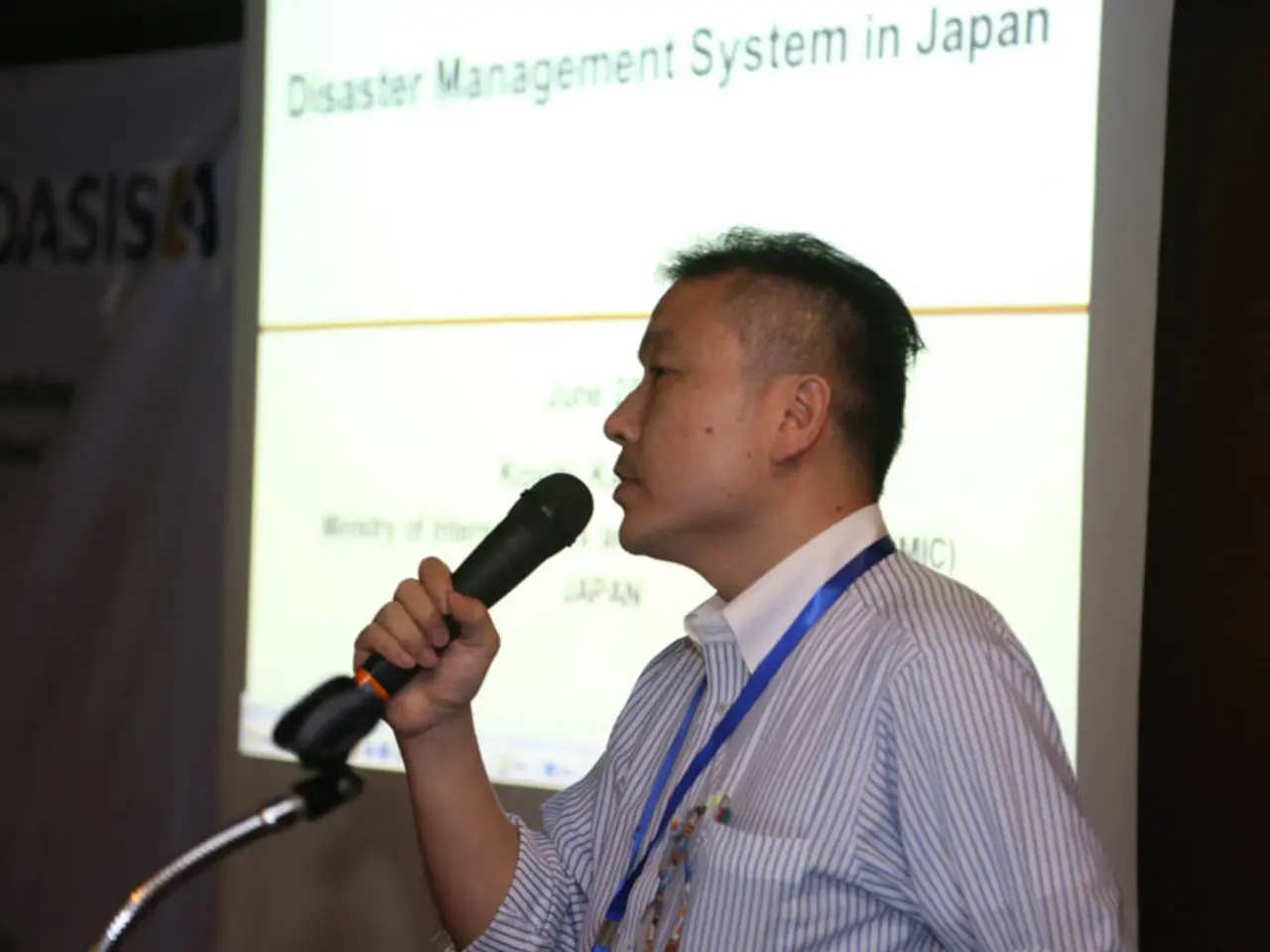Enhancing Critical Judgement Amidst Emergency Situations
In the face of crises, making sound decisions can mean the difference between survival and despair. Here are some key strategies to develop critical thinking skills for decision-making in crisis situations, without external support.
Utilizing Structured Decision Models
The STOP method (Stop, Think, Organize, Proceed) is a useful tool for creating mental space and clarity during stressful times. By pausing to assess the situation objectively, identifying urgent priorities, gathering actionable information, and executing the best possible action while remaining flexible to new information, leaders and individuals can make informed decisions.
Tabletop Scenario Practices
Simulating crisis scenarios through tabletop exercises helps improve cognitive skills and decision-making muscle memory, without actual risk. These low-cost simulations can uncover weaknesses in plans and improve coordination, especially when external support is absent.
Prioritizing Resources and Actions
In disaster scenarios, prioritizing resources and actions based on immediate impact and survival needs is crucial. Securing a safe location, rationing resources, signalling for help while preparing for self-reliance are all examples of effective prioritization.
Building Psychological Resilience
Maintaining composure under pressure prevents panic and cognitive tunneling. Regular practice of maintaining calm during minor disruptions enhances readiness for major crises. Developing an adaptive mindset and empowering teams or oneself with autonomy fosters better crisis anticipation and faster, clearer problem-solving.
Rebuilding Strategies
Rebuilding structures should be done with safety and future disasters in mind. Utilizing available local materials to rebuild homes in a way that enhances safety and resilience against future disasters is a good practice. Ignoring safety assessments can lead to further damage and loss.
Collaboration with Neighbors
Forming cooperative groups to share skills and resources enhances collective recovery efforts. Isolating oneself can lead to inefficiencies and increased stress on individuals.
Environmental Considerations
Rebuilding efforts should consider the impact on local ecosystems. Implementing rebuilding strategies that protect local ecosystems, such as planting trees to prevent erosion, is important. Ignoring environmental impacts and rebuilding in vulnerable areas can increase the risk of future disasters.
Funding Allocation
Funds should be used to address the most urgent community needs, such as food and shelter. Spending funds on non-essential items or personal interests undermines community recovery efforts.
Balancing Personal and Community Needs
Balancing personal needs with community welfare is essential. Prioritizing personal needs over community welfare can lead to division and resentment among neighbors.
Long-Term Planning vs. Immediate Needs
Balancing immediate survival needs with planning for sustainable recovery is important. Focusing solely on short-term needs without considering long-term impacts can lead to future resource shortages.
Resource Allocation
Resources should be prioritized to those most in need, such as families with children, the elderly, or those with medical needs. Hoarding resources for oneself or a select group can lead to resentment and increased suffering among others.
Safety Protocols
Implementing safety measures for recovery workers, such as providing basic training and protective gear, is crucial. Neglecting safety protocols can lead to injuries among volunteers and hinder recovery efforts.
Medical Prioritization
Treating those with life-threatening injuries first, using limited medical supplies effectively, is a good practice. Focusing on minor injuries while neglecting those who are critically injured can result in preventable deaths.
Communication Strategies
Establishing clear communication channels to share important updates and resources with the community is essential. Spreading rumors or misinformation can create panic and confusion among community members.
Cultural Sensitivity
Incorporating local customs and traditions into rebuilding efforts ensures that the community feels represented and valued. Disregarding cultural practices can alienate community members and hinder cooperation.
Community Engagement
Organizing community meetings to discuss recovery plans and gather input from all members fosters a sense of ownership. Making unilateral decisions without consulting the community can lead to mistrust and disengagement.
Mental Health Support
Creating informal support groups for sharing experiences and coping strategies among community members is important. Ignoring the emotional needs of individuals can lead to increased feelings of isolation and despair.
In situations where no clear or good solution presents itself, and the available data may be insufficient to make an informed decision, it is essential to pick some criteria for the decision, find something to go on, and make the decision. Watch the results and be ready to adjust if things go sour. The ability to make tough decisions in the face of uncertainty is a testament to resilience and the human capacity to adapt to challenging circumstances.
- Conflict may arise when scarce resources need to be allocated in a disaster scenario, emphasizing the importance of prioritizing resources and actions based on immediate impact and survival needs.
- In the process of rebuilding structures, maintaining cultural sensitivity is crucial, as incorporating local customs and traditions ensures that the community feels represented and valued.




